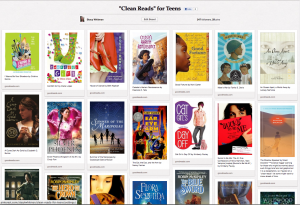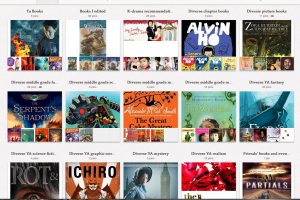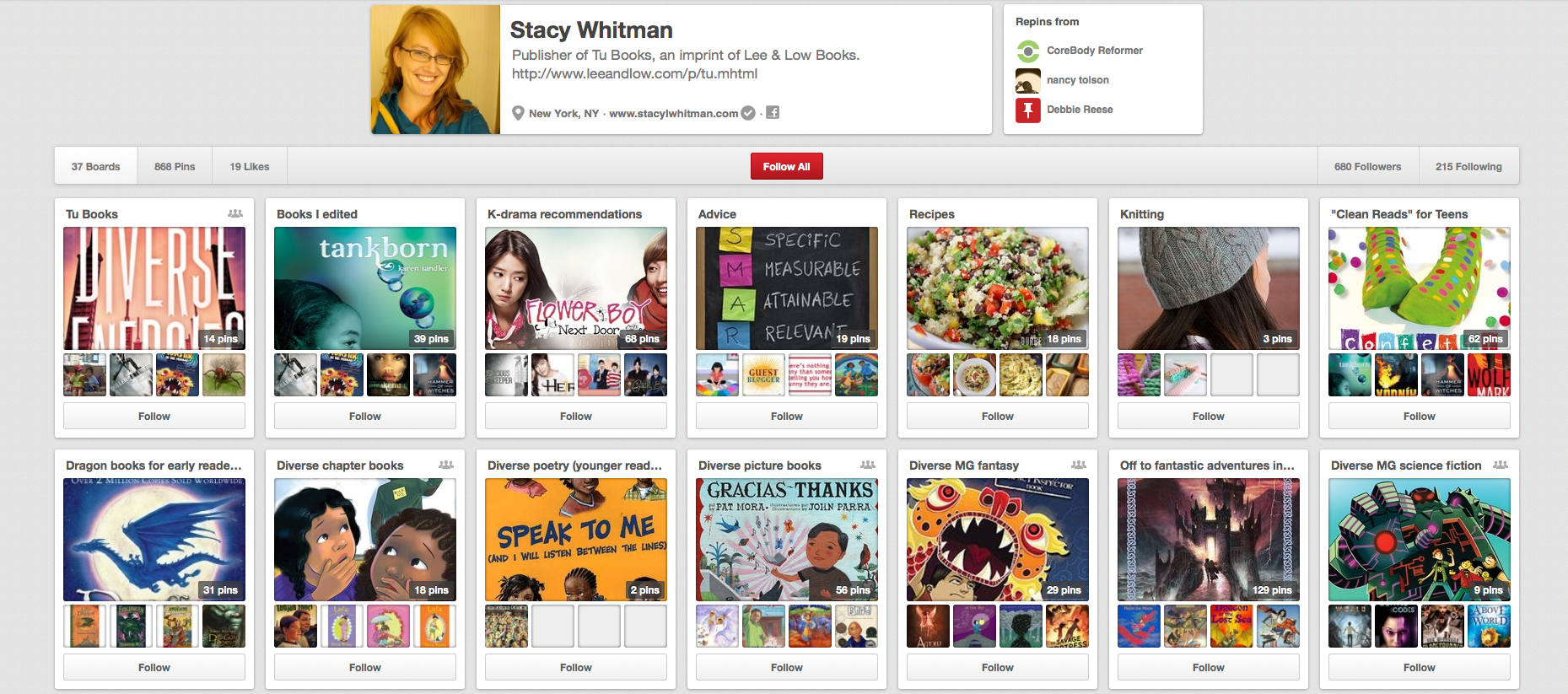I have a friend whose 11-year-old daughter likes scary books. She asks:
Hoping maybe you can help. My daughter who will be 11 in a few months enjoys reading scary books, for example All The Lovely Bad Ones. Do you have any good ones in mind that I could send her way?
I have a lot of suggestions for good middle grade with suspenseful action, but not as many for truly scary horror/ghost story kinds of books. If she’s already outgrown R.L. Stine’s books but isn’t ready for the plethora of paranormal and horror published for teens, I’m sure there are still plenty of scary books for her, but I’m coming up blank. I have a few suggestions, but hopefully the comments will yield more.
- Skeleton Man and its sequels (I believe there are 5 now), Joseph Bruchac
(In fact, that’s the only one I could think of today–I’ll look at my shelves at home again tonight; hopefully others will come to mind.) I’ve also included suggestions from Child_Lit subscribers, with quotes about their read annotated if it would make a difference in choosing the book.*
- Shadowed Summer, Saundra Mitchell (Child_Lit: “A delicious ghost story. Only caveat: heavy on metaphors and similes. Some readers might find it too much.”)
- Halloween Night: Twenty-One Spooktacular Poems (Child_Lit: “scary-funny poems”)
- The Crossroads and The Hanging Hill Chris Grabenstein
- Revenge of the Witch (The Last Apprentice series), Joseph Delaney, and its sequels
- Coraline, Neil Gaiman
- The Graveyard Book, Neil Gaiman
- The Witches, Roald Dahl
- The House with the Clock in its Walls, John Bellairs, and its sequels
- The Ghost Belonged to Me and Ghosts I Have Been, Richard Peck
- Boots and Pieces, The Curse of Cuddles McGee, and Night of the Living Lawn Ornaments, Emily Ecton
Edited to add:
- Wait Till Helen Comes, Mary Downing Hahn
- The Prince of Mist, Carlos Ruiz Zafon (Child_Lit: quite creepy. I’d say it would be
of interest to older intermediate/younger YA readers; the main character is
thirteen.) - Scary Stories to Tell in the Dark, Alvin Schwartz (Child_Lit: These books have always been a delightful read in the classrooms I have worked in. Parents (even the really conservative Christian parents) have enjoyed the stories and books as much as the children have. The images in the book are a bit on the scary side and I encourage parents to read the text before looking at the pictures (which will stay with kids long after they read the book). Stephen Gammell does a bone-chilling job in his artwork. The books keep the folklore tradition alive.)
- The Ghost of Crutchfield Hall, Mary Downing Hahn, the same author of All the Lovely Bad Ones (Child_Lit: It had some marvelous fictional sleight of hand in the end, so just when you think it’s going to slide to a predictable ending, a new twist reaches out with chilly fingers to grab you!)
- Wait Till Helen Comes, Mary Downing Hahn (Child_Lit: wonderfully scary. Much scarier than All the Lovely Bad Ones.)
- Jane-Emily, Patricia Clapp
- A Candle In Her Room, Ruth M. Arthur
- Breathe, Cliff McNish
- The Intruders, E.E. Richardson
- Deep and Dark and Dangerous, Hahn
- Skeleton Creek and Ghost in the Machine
- The Dollhouse Murders
- The Ghost of Fossil Glen, Cynthia DeFelice
- Stonewords, Conford
- The Proof that Ghosts Exist, The Curse of the Evening Eye, and The Hunt for the Haunted Elephant, Perry Nodelman and Carol Matas
- The Owl Service, Alan Garner
I’ll add more to the list as suggestions come in.
* Some comments have been edited for brevity.









